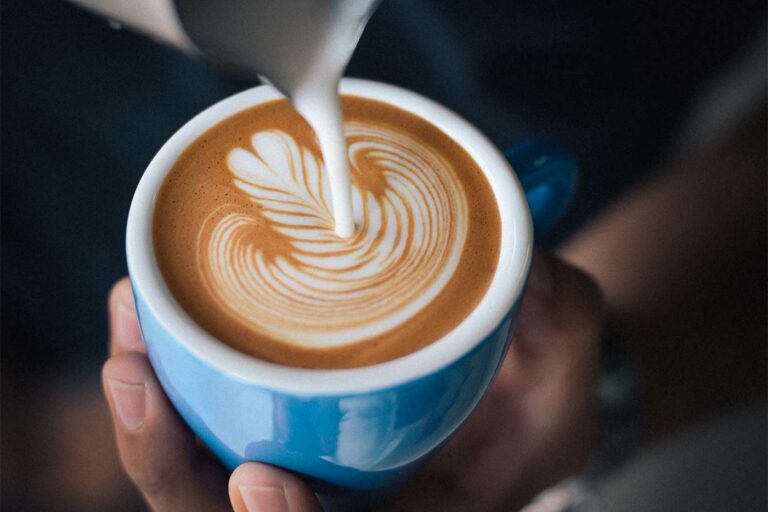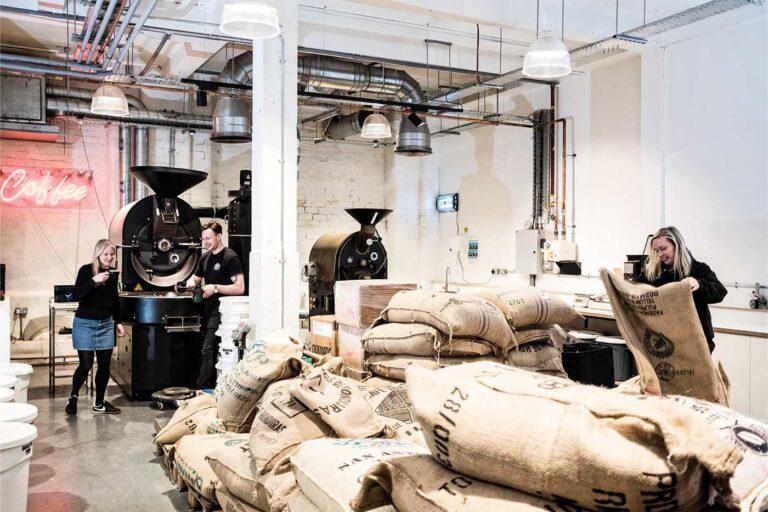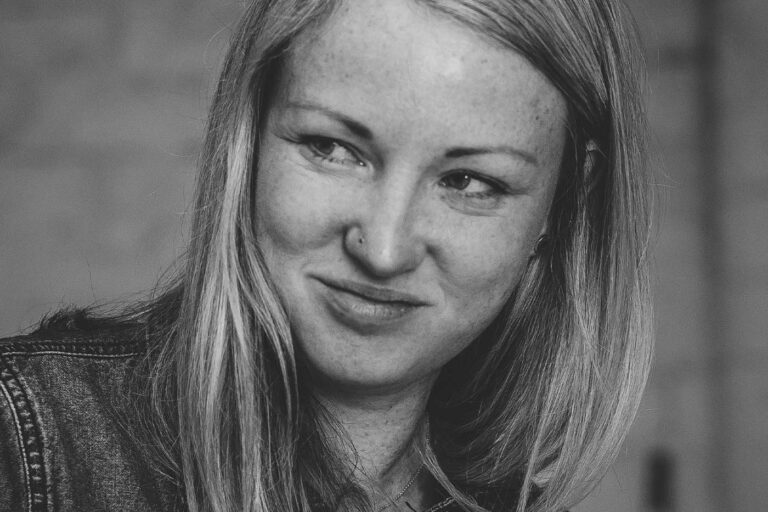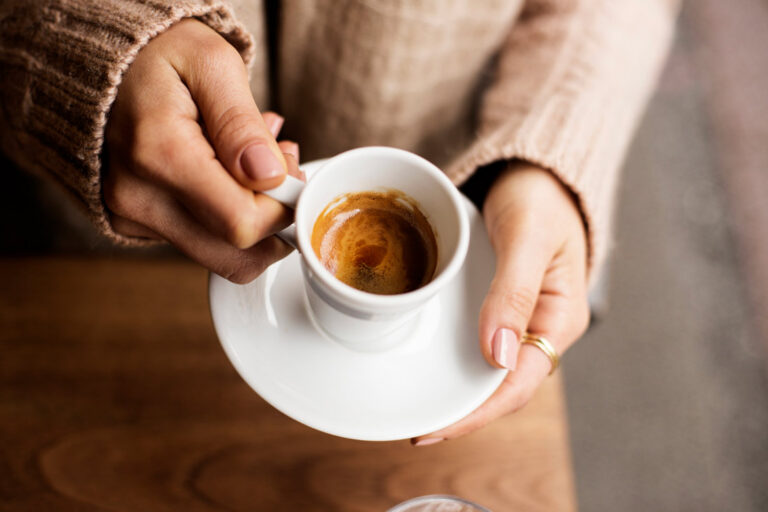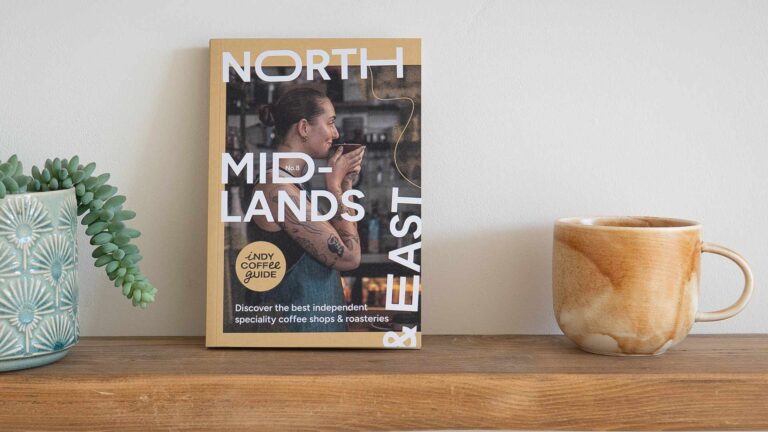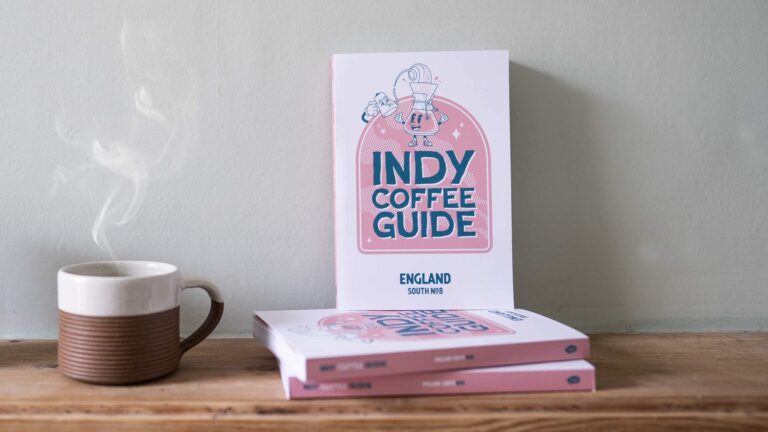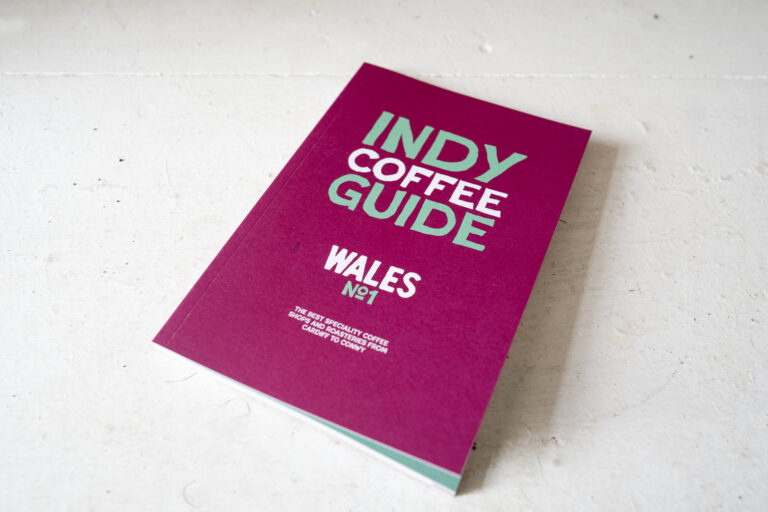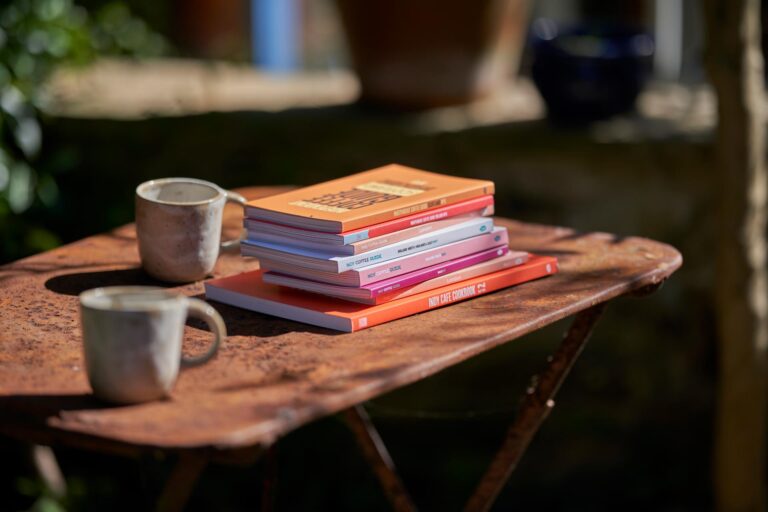Fresher’s guide to tasting coffee
Want to swot up before your first cupping sesh? We asked Paul Meikle-Janney, coffee guru and co-founder of Dark Woods Coffee, for the basics
Want to swot up before your first cupping sesh? Not sure how to navigate tasting notes? We asked Paul Meikle-Janney, coffee guru and co-founder of Dark Woods Coffee near Huddersfield, for the coffee tasting basics.
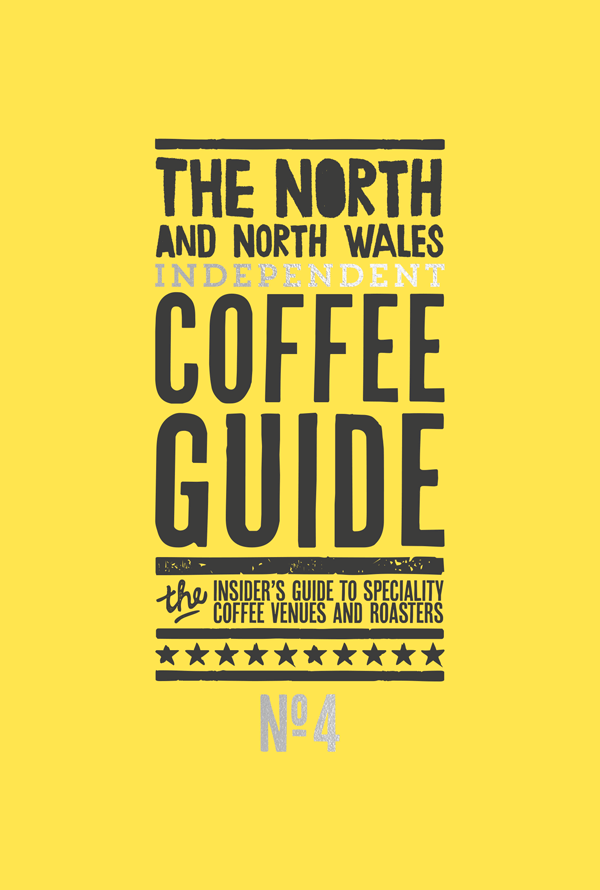 Feature from The North and North Wales Independent Coffee Guide No 4
Feature from The North and North Wales Independent Coffee Guide No 4
Adventures in flavour
Coffee of varying quality is consumed around the world for its quick caffeine hit, but a growing band of people have turned to the speciality stuff. And it’s in this coffee community that the spectrum of flavours extracted from carefully farmed, processed and roasted beans is being explored.
Taste it how you take it
In the same way that everyone has a preference when it comes to taste, most coffee drinkers have a favoured brew style. So whether you enjoy espresso, drip filter or batch brew, the best way to taste coffee (as a consumer) is to drink it how you’d serve it. Tasting coffee is essentially about the balance of three main flavour profiles. As you sip, think about the following:
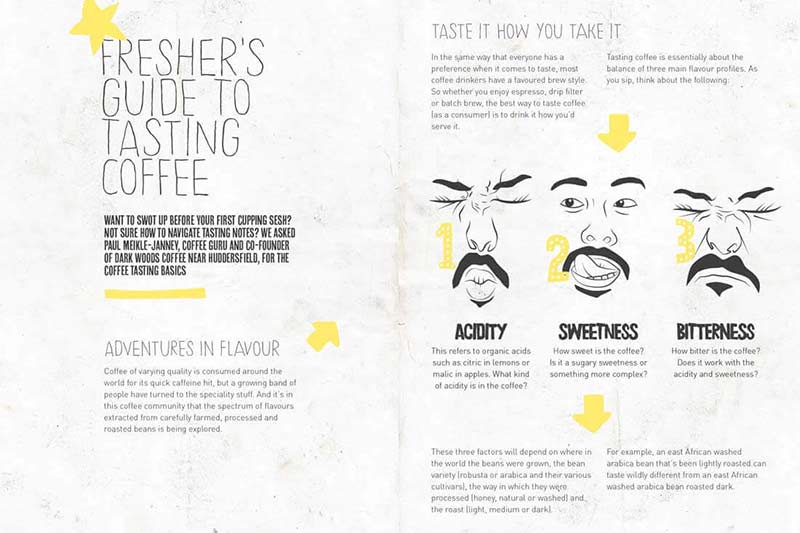
Acidity
This refers to organic acids such as citric in lemons or malic in apples. What kind of acidity is in the coffee?
Sweetness
How sweet is the coffee? Is it a sugary sweetness or something more complex?
Bitterness
How bitter is the coffee? Does it work with the acidity and sweetness? These three factors will depend on where in the world the beans were grown, the bean variety (robusta or arabica and their various cultivars), the way in which they were processed (honey, natural or washed) and the roast (light, medium or dark). For example, an east African washed arabica bean that’s been lightly roasted can taste wildly different from an east African washed arabica bean roasted dark.
What the cup?
When roasters want to identify flavours in coffee they use a method called cupping. This is used to check quality before buying beans, after roasting batches (to check flavours are consistent) and when combining different roasted coffees together to create blends. 1 The roaster will source a range of green bean samples and roast them to their preferred style. 2 Each roasted bean sample is ground and sniffed for fragrance. 3 12g of ground coffee is added to a bowl and brewed with 200ml water at around 93°c for four minutes. 4 The crust formed from the coffee grounds is broken using a spoon in a sweeping motion and the bloom removed from the bowl. 5 Once the coffee has cooled (after around ten minutes), it is slurped using a spoon, pulled through the mouth for tasting and often dispensed of into a spittoon (there’s only so much caffeine you can manage in a day). This standardised method, preparing each sample according to Specialty Coffee Association (SCA) guidelines, is used across the world. This ensures the green bean is the only variable affecting the flavour profile.
All in the slurp
Formalities go out of the window when it comes to cupping: the bigger the slurp the better. Slurping the coffee from the spoon ensures air is also drawn up, allowing the taster to appreciate the aromas at the same time. The tongue is actually very poor at identifying flavours (try eating a basil leaf while pinching your nose) and the art of slurping allows your brain to match the signals from your taste buds with your sense of smell for an overall perception of the taste.
Cupping: clueless to connoisseur
While cupping was once just a tool of the trade, in recent years many speciality cafes and roasteries have opened their doors to the public and invited them to take part in after-hours cupping sessions in order to broaden their customers’ coffee knowledge. Workshops such as Dark Woods’ Introduction to Coffee course guides freshers through the different influences on flavour and uses cupping as a comparative device. Ask your fave roaster or coffee shop if they’ve got sessions coming up and check the symbols in this guide for those running coffee courses.
Spin the wheel
While pro cuppers look for a balance of acidity, bitterness and sweetness, they’re also assessing the body of the coffee and use terms such as ‘buttery’, ‘juicy’ and ‘tea-like’ to describe its texture. When it comes to flavour, the SCA flavour wheel is often used to ascribe flavours in a way that will be widely understood. From vegetative to fermented, and floral to nutty, the kaleidoscope of flavours features both favoured (dark chocolate, grapefruit, hazelnut, etc) and disfavoured (rubber, ash, cardboard, etc) reference points. Check the bag of beans in your cupboard to see what particular flavour notes are printed on it. Can you identify these flavours when you drink it?

